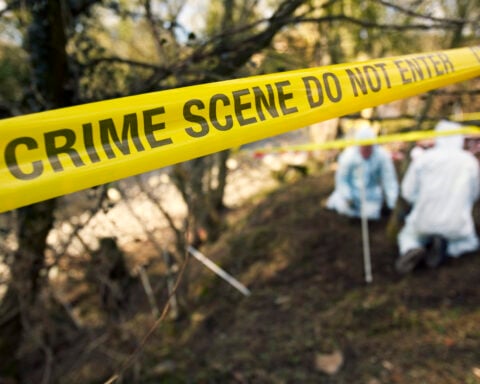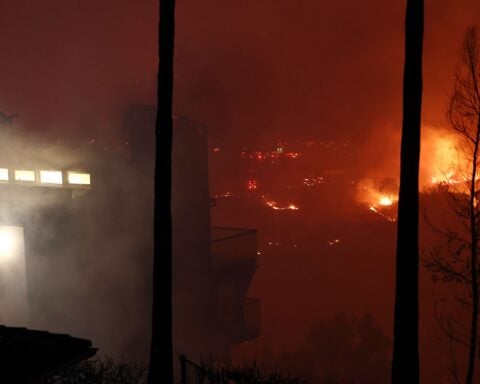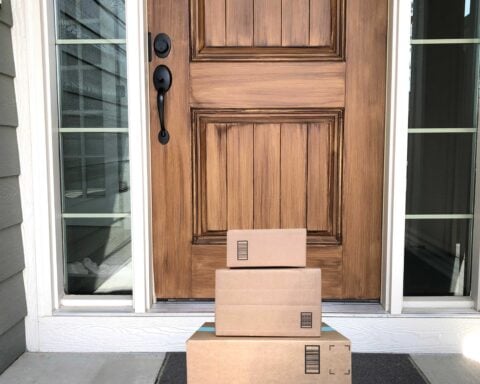A series of modest tremors, ranging from 3.5 to 3.9 magnitude, have jolted Southern California in recent days, leaving many residents unnerved at the prospect of a major, catastrophic earthquake often called 'The Big One.'
The shaking kicked off with a 3.6 magnitude quake near Ojai on May 31st, rapidly followed by two comparable tremors beneath the El Sereno neighborhood of East Los Angeles. The California earthquakes struck three more near Newport Beach and Costa Mesa over the weekend. Though not immensely strong, the frequent quakes have revived anxieties among Californians that a devastating earthquake could strike at any moment along one of the state's numerous active fault lines that crisscross the region.
The U.S. Geological Survey predicted that the iconic 800-mile-long rupture that traces California's western flank, the San Andreas Fault, has a 60% probability of producing an earthquake in the Los Angeles region over the next thirty years that is at least 6.7 magnitudes in magnitude. This notorious Fault last unleashed destructive shaking in 1906, when it wrought havoc on San Francisco.
However, experts argue the greatest risk may lie with less famous but more locally damaging faults running directly under major urban centers. The quakes near El Sereno occurred along the Puente Hills thrust fault, situated mere miles from downtown Los Angeles. "In some aspects, the 'big one' in terms of damages and deaths would be ones running through town rather than one that's a long distance away," said Dr. Pat Abbott, a retired professor at San Diego State University.
The Newport Beach tremors stemmed from the Compton thrust fault, which geologists warn could raise the Los Angeles River by 5 feet in a strong quake, crippling the city's sewer infrastructure. Six quakes above magnitude 7 have occurred along this fault in just the past 12,000 years.
While earthquake prediction remains challenging, scientists emphasize preparedness for high-risk regions like Southern California, which averages around 35 earthquakes daily. The USGS also estimates a 72% likelihood that the San Francisco Bay Area will endure a 6.7 or greater magnitude quake in the coming 30 years.
"Regrettably, accurate earthquake prediction remains an immense challenge," the California Governor's Office of Emergency Services acknowledges. "While scientists can monitor fault lines and detect patterns of seismic activity, they cannot predict exact earthquakes reliably."
Instead, emphasis is placed on long-term probability assessments to guide preparedness efforts like emergency alert systems, building retrofits, and public safety drills. Authorities are urging residents to stock emergency supplies and refresh themselves on safety measures like dropping to the floor, taking cover, and holding on firmly when shaking occurs.
As this latest quake sequence demonstrates, Californians living in one of the nation's most seismically active regions must always be prepared for potential earthquake activity.

 Five men sentenced for their involvement in Amsterdam soccer riots
Five men sentenced for their involvement in Amsterdam soccer riots
 American Airlines grounds all flights in the United States after a ‘technical issue’
American Airlines grounds all flights in the United States after a ‘technical issue’
 After fighting virus, storms and Republicans, departing North Carolina Gov. Cooper focuses on wins
After fighting virus, storms and Republicans, departing North Carolina Gov. Cooper focuses on wins
 Staying in office is the main challenge for troubled France's new government
Staying in office is the main challenge for troubled France's new government
 Syria's al-Sharaa agrees with ex-rebel factions to merge under Defence Ministry
Syria's al-Sharaa agrees with ex-rebel factions to merge under Defence Ministry
 A popular TikTok account puts a Gen Z spin on Bible stories. Some experts say it’s cringe
A popular TikTok account puts a Gen Z spin on Bible stories. Some experts say it’s cringe







